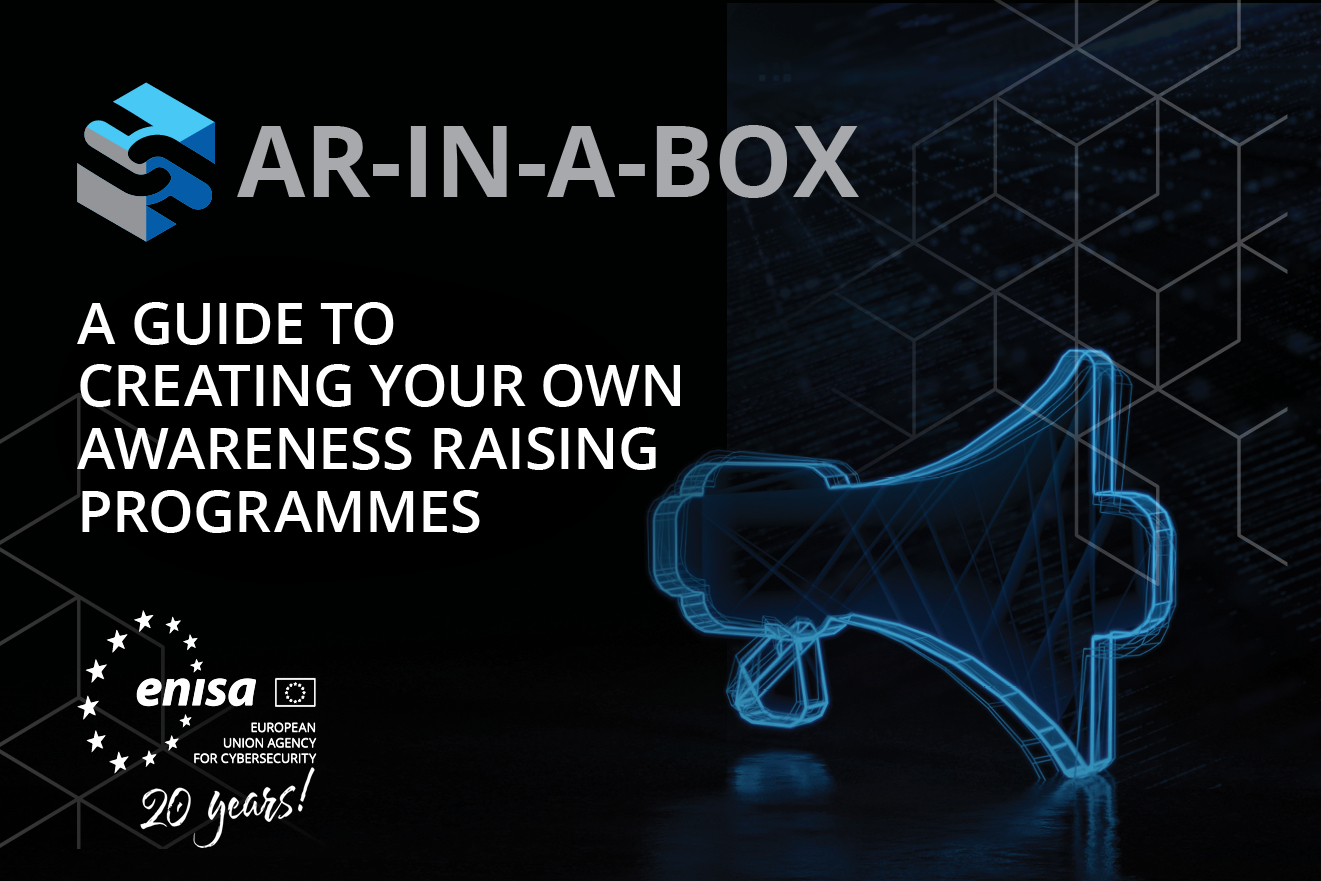
Unlocking Cybersecurity Excellence: Strategies for Building a Strong Security Culture
Key Takeaways:
In today’s digital age, where threats lurk in the shadows of the online realm, safeguarding sensitive information and preserving the integrity of data has become more critical than ever. Organizations across various sectors are grappling with the increasing need for robust cybersecurity measures to mitigate risks. Unlocking cybersecurity excellence requires a multifaceted approach that not only addresses technological aspects but also focuses on building a strong security culture. In this article, we will explore custom-made strategies that can help organizations establish a robust security culture and elevate their cybersecurity practices.
The Importance of a Strong Security Culture
A security culture refers to the collective mindset and behaviors of individuals within an organization regarding cybersecurity. Recognizing the importance of a strong security culture is paramount, as it serves as the foundation that supports and enhances an organization’s overall cybersecurity efforts. When employees are aware, engaged, and committed to best practices, the risk of human error and negligence is significantly reduced.
Collaboration and Employee Engagement
One of the fundamental building blocks of a strong security culture is fostering collaboration and employee engagement throughout all levels of an organization. This includes creating an inclusive environment where employees feel empowered to voice their concerns and actively participate in cybersecurity initiatives. By promoting an open dialogue, organizations can tap into the wealth of knowledge and experience their employees possess, enabling them to collectively contribute to the organization’s cybersecurity goals.
Encouraging cross-functional collaboration can also lead to valuable insights and innovative solutions. Rather than solely relying on the IT department, diverse perspectives from different departments can help uncover potential vulnerabilities or weaknesses. By involving employees from finance, marketing, operations, and other key areas, organizations can maximize their cybersecurity efforts and ensure a robust defense against evolving threats.
Continuous Education and Training
Building a strong security culture necessitates ongoing education and training programs geared towards cybersecurity. It is crucial to equip employees, regardless of their role or level of technical expertise, with the knowledge and skills required to identify and respond to potential security breaches effectively.
Training programs should cover various aspects, such as recognizing phishing attempts, safeguarding sensitive information, implementing strong password practices, and understanding the common tactics employed by cybercriminals. By arming employees with this knowledge, organizations can considerably reduce the likelihood of successful breaches caused by human error or oversight.
Harnessing the power of interactive training methods, such as workshops, simulations, and role-playing exercises, can make the learning experience more engaging and practical. Gamification elements, like quizzes and challenges, can further incentivize employees to actively participate and retain information effectively.
Strategies for Building a Security Culture
Now that we have highlighted the importance of a strong security culture, let’s delve into custom-made strategies that organizations can implement to build and strengthen their security culture:
1. Communicating the Importance of Cybersecurity
Effectively communicating the significance of cybersecurity to employees lays the groundwork for building a strong security culture. Organizations should clearly articulate the potential consequences of cyber threats, emphasizing both the impact on the individual employee and the wider organization. This communication should be ongoing and integrated into various touchpoints, including training programs, newsletters, and internal memos.
Connecting cybersecurity to employees’ day-to-day activities and highlighting the role each individual plays is crucial. Emphasize that every employee is a critical line of defense against cybersecurity threats and actively encourage their involvement in reporting and addressing any potential incidents or vulnerabilities. By fostering a sense of responsibility and ownership, the security culture can flourish.
2. Implementing Security-First Policies and Procedures
Establishing security-first policies and procedures sets the tone for an organization’s commitment to cybersecurity. These policies should outline best practices and guidelines, covering topics such as password management, data handling, incident response, and remote work security.
Implementing multifactor authentication and ensuring regular software updates and patches are applied are basic yet highly effective measures. Additionally, organizations must establish well-defined access control policies to restrict sensitive data to authorized personnel.
-Regularly educate employees regarding the policies and procedures, reinforcing their understanding and adherence to these regulations. This will provide employees with a clear framework within which they can perform their duties while maintaining the highest levels of security.
3. Encouraging a Reporting Culture
In many instances, employees fear potential repercussions or perceive reporting cybersecurity incidents as unnecessary or trivial. Encouraging a reporting culture is essential to obtain timely information about incidents, vulnerabilities, or near-miss events that may require attention.
Establish anonymous channels, establish anonymous channels, such as hotlines or secure email accounts, to foster an environment where employees feel safe to report concerns or suspicions without fear of retaliation. Regularly acknowledge and recognize employees who proactively report potential threats or breaches, creating a positive incentive for reporting.
Ensure that reported incidents are promptly reviewed and addressed, keeping employees informed about the outcome. This feedback loop reinforces the organization’s commitment to ensuring a secure working environment and demonstrates the value placed on employee contributions to cybersecurity efforts.
Frequently Asked Questions
Conclusion
In an era where cyber threats remain a constant, organizations must strive for excellence in their cybersecurity practices. Building a strong security culture, encapsulating the mindset and behaviors of individuals, is a powerful strategy to protect against emerging threats. By promoting collaboration, providing continuous education, and implementing sound policies, organizations can cultivate a security culture that serves as a bulwark against the ever-changing cyber landscape.
As technology advances and new cyber threats emerge, it is vital to approach cybersecurity with diligence, adaptability, and unwavering commitment. With the right custom-made strategies, organizations can unlock cybersecurity excellence and safeguard their assets, customers, and reputation.
Remember, cybersecurity is a collective responsibility, and united efforts pave the way towards a secure digital future.
Source: insidertechno.com